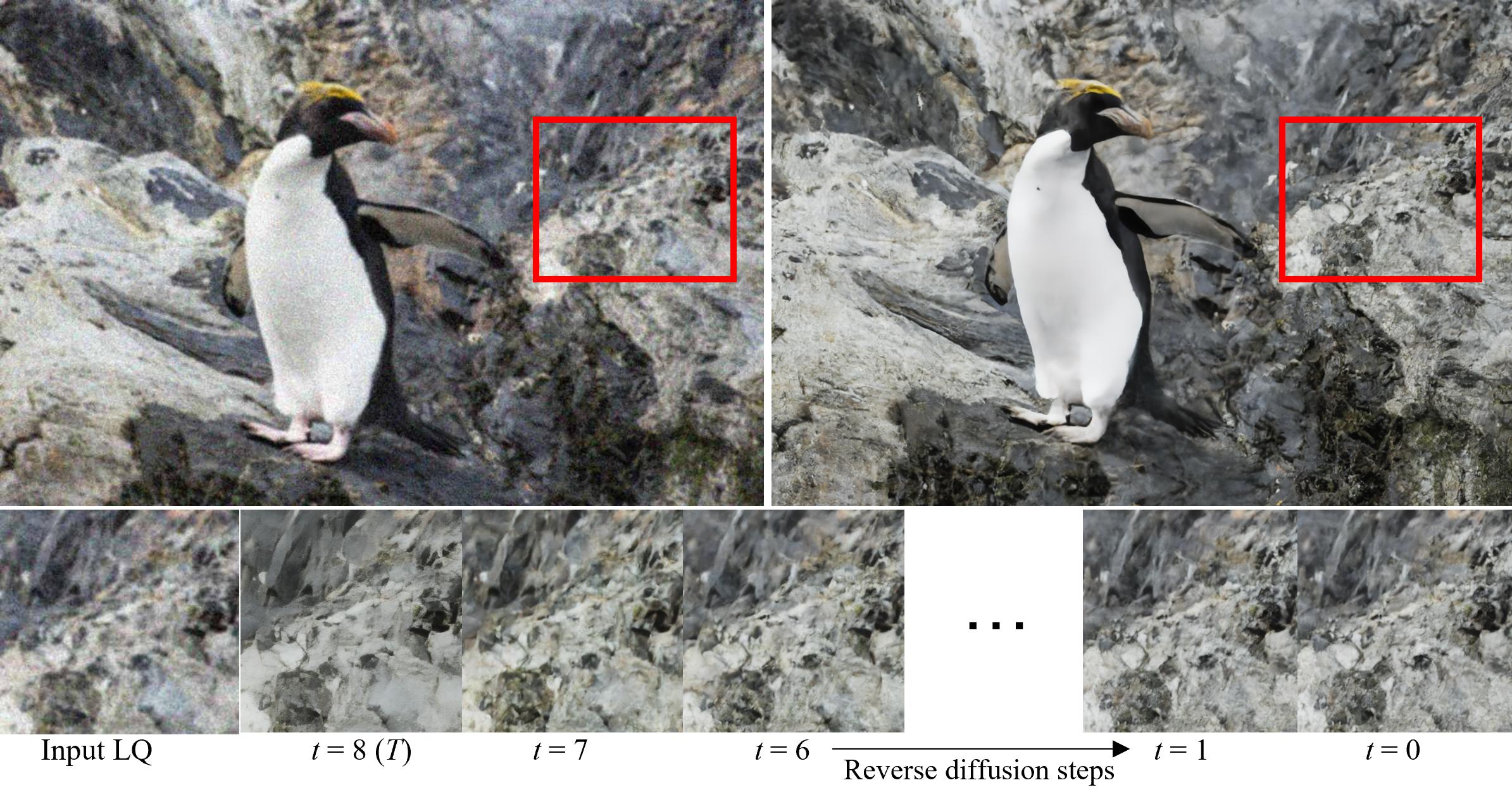1Chaofeng Chen, 1Shangchen Zhou, 1Liang Liao, 1Haoning Wu, 2Wenxiu Sun, 2Qiong Yan, 1Weisi Lin
1S-Lab, Nanyang Technological University, 2Sensetime Research
Pipeline of ITER. The input
# git clone this repository
git clone https://github.com/chaofengc/ITER.git
cd ITER
# create new anaconda env
conda create -n iter python=3.8
source activate iter
# install python dependencies
pip3 install -r requirements.txt
python setup.py develop
python inference_iter.py -s 2 -i ./testset/lrx4/frog.jpg
python inference_iter.py -s 4 -i ./testset/lrx4/frog.jpg
Left: real images | Right: super-resolved images with scale factor 4
The training datasets can be downloaded from 🤗hugging face. You may also refer to FeMaSR to prepare your own training data.
Below are brief examples for training the model. Please modify the corresponding configuration files to suit your needs. Note that the codes are re-writtend and models are retrained from scratch, so the results may be slightly different from the paper.
accelerate launch --multi_gpu --num_processes=8 --mixed_precision=bf16 basicsr/train.py -opt options/train_ITER_HQ_stage.yml
accelerate launch --main_process_port=29600 --multi_gpu --num_processes=8 --mixed_precision=bf16 basicsr/train.py -opt options/train_ITER_LQ_stage_X2.yml
accelerate launch --main_process_port=29600 --multi_gpu --num_processes=8 --mixed_precision=bf16 basicsr/train.py -opt options/train_ITER_LQ_stage_X4.yml
If you find this code useful for your research, please cite our paper:
@inproceedings{chen2024iter,
title={Iterative Token Evaluation and Refinement for Real-World Super-Resolution},
author={Chaofeng Chen and Shangchen Zhou and Liang Liao and Haoning Wu and Wenxiu Sun and Qiong Yan and Weisi Lin},
booktitle={Proceedings of the AAAI Conference on Artificial Intelligence},
year={2024},
}
This work is licensed under a Creative Commons Attribution-NonCommercial-ShareAlike 4.0 International License and NTU S-Lab License 1.0.
This project is based on BasicSR.












